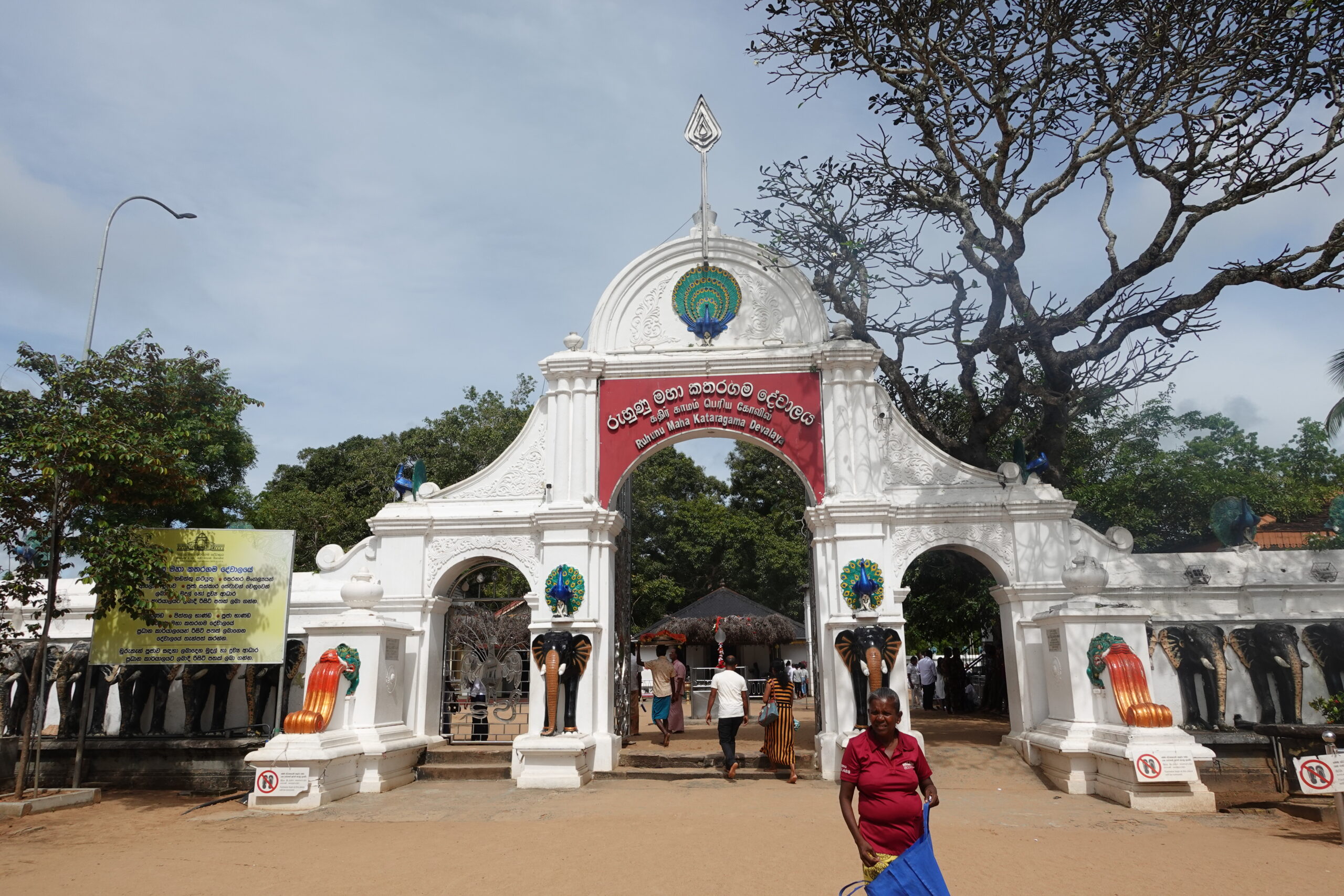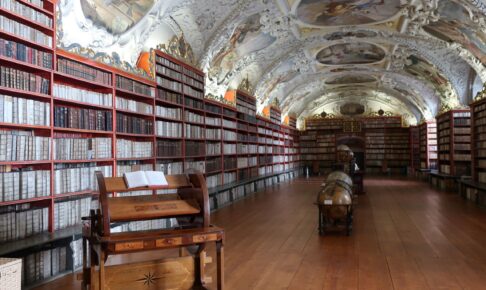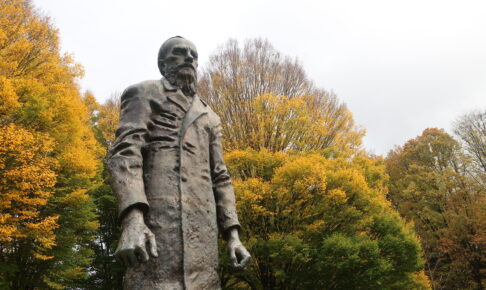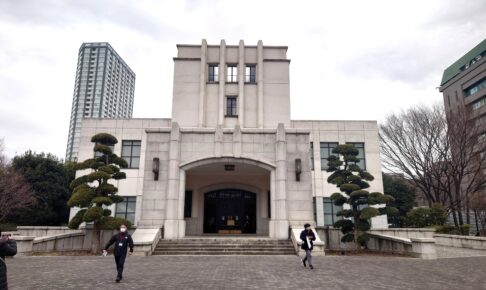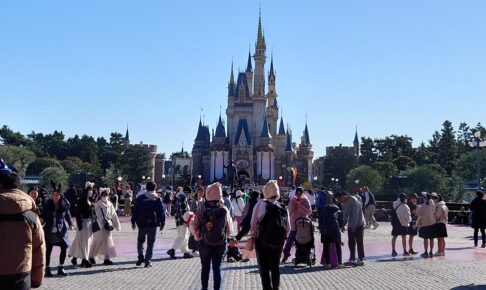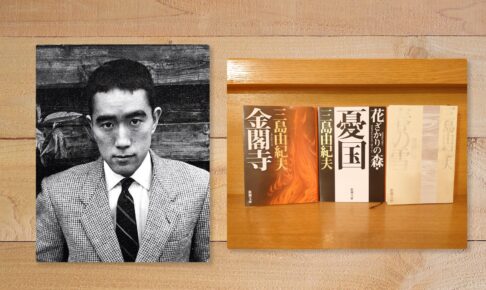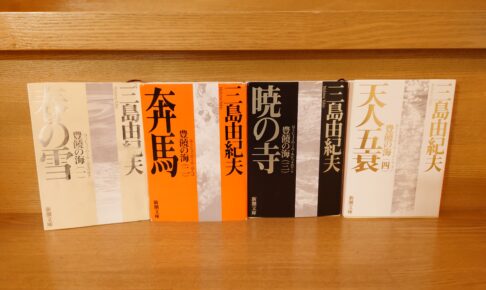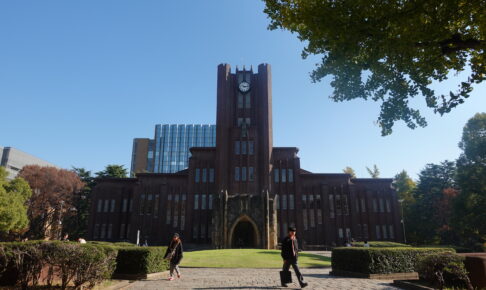Travels to Buddhist sites in India and Sri Lanka (50)
To Katharagama, the most popular pilgrimage site in Sri Lanka - What is the belief in Lord Katharagama, who can make anything come true?
(48) The Great Buddha of Mahayana Buddhism Lies Deep in Sri Lanka! Visit the traces of Mahayana Buddhism that had taken root in Sri Lanka."As I told you in my article "The World of Buddhism," I was on my way from Kandy to Kataragama. I finally arrived at an inn near Kataragama, visiting the traces of Mahayana Buddhism that I saw along the way. I must have been in the car for almost 10 hours that day. As expected, we were exhausted. I would say that it was the hardest day of our Sri Lankan itinerary.
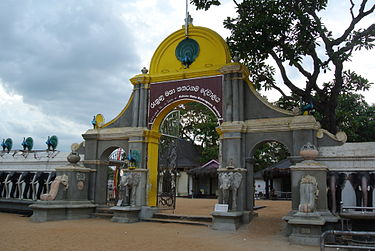
Now we are going to see Katharagama, the most popular sacred place in Sri Lanka.
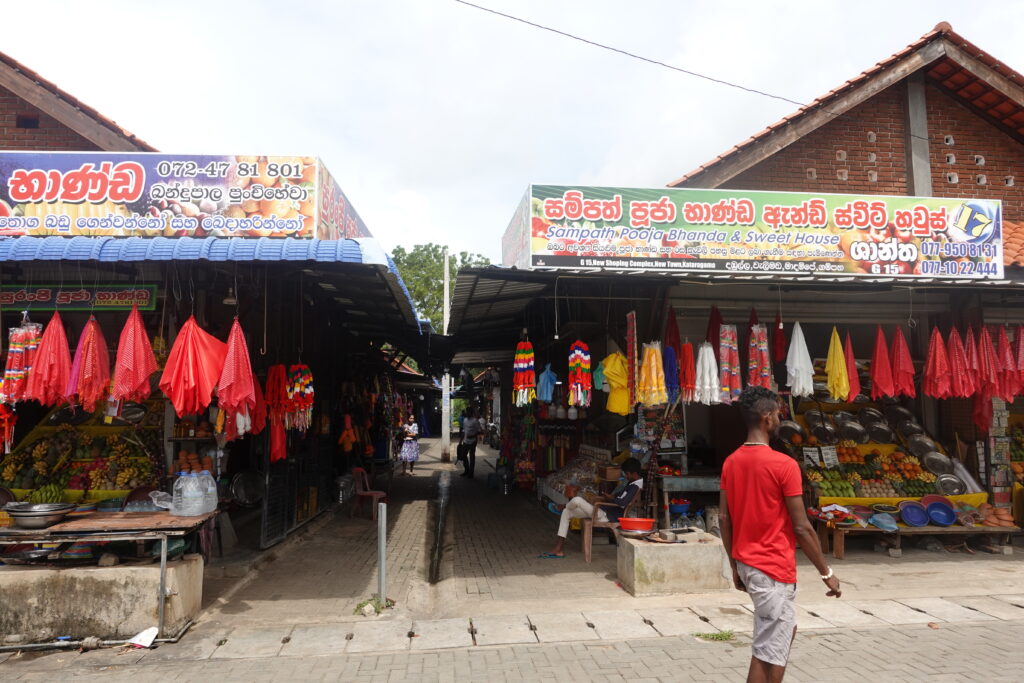
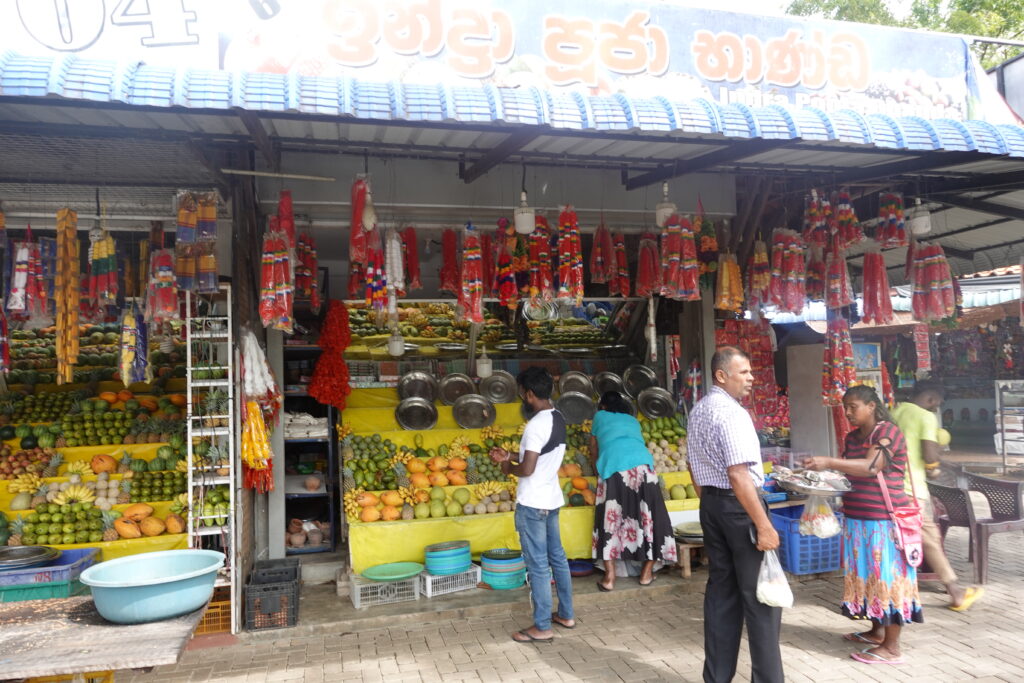
As soon as you get out of your car at the parking lot, you will see a series of stores. Here pilgrims can purchase offerings in advance to be dedicated to the temple of Kataragama. This system is probably common to pilgrimage sites and gate towns around the world.
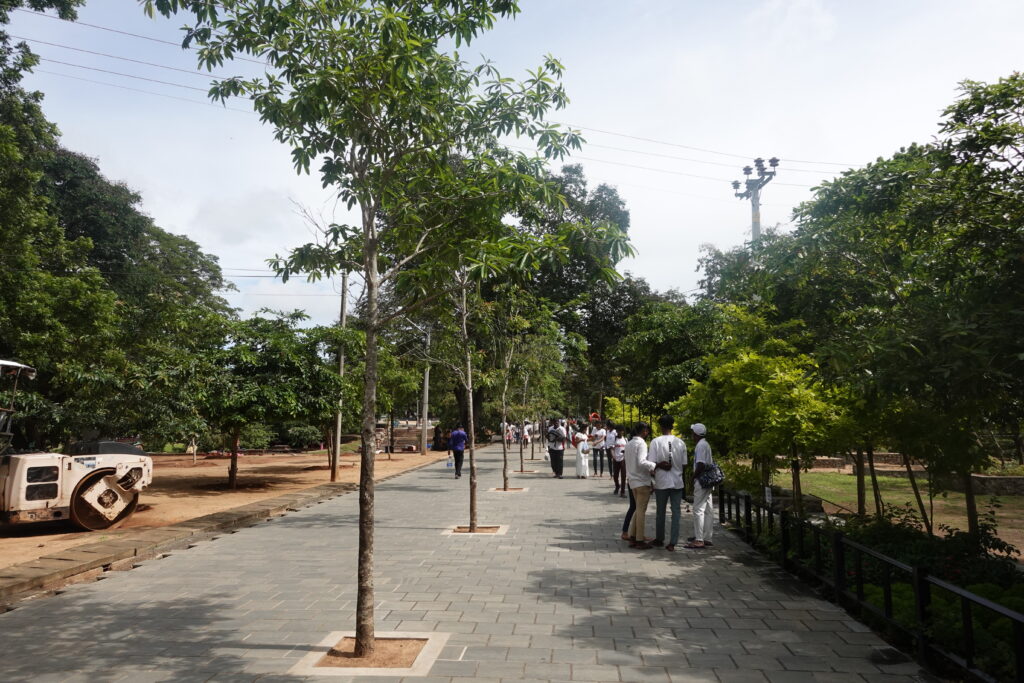
After passing through the gate town, you will walk along a well-maintained road. It is as if you are walking through a large park.
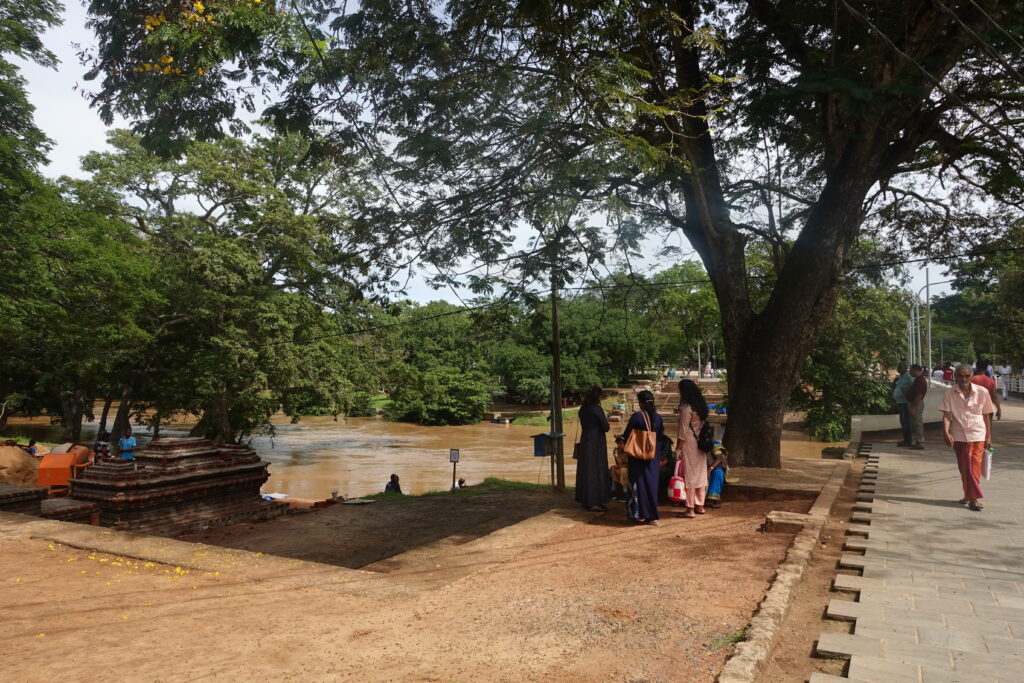
After a short walk, a river crosses in front of you. This river is an important bathing place for Buddhists and Hindus alike.
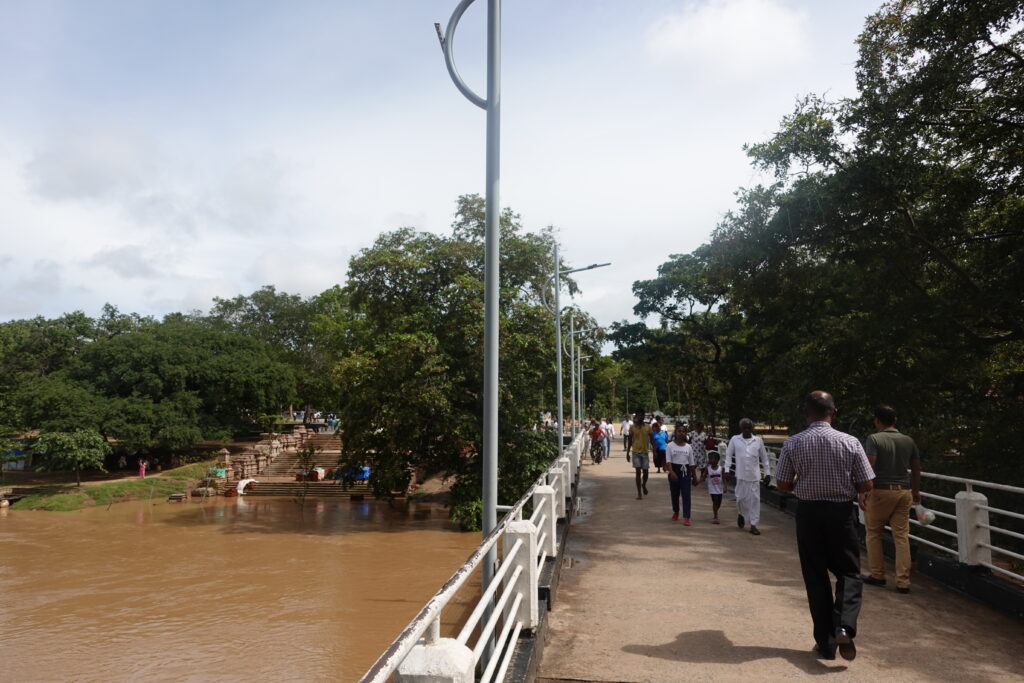
Crossing this river will finally lead to the precincts of the Kataragama Temple.
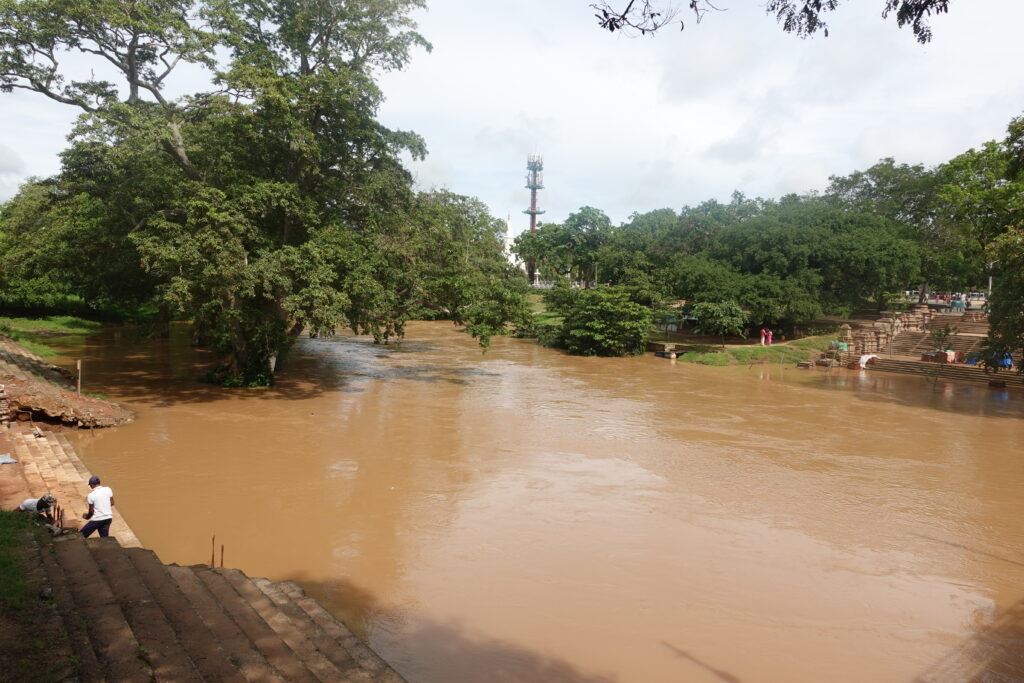
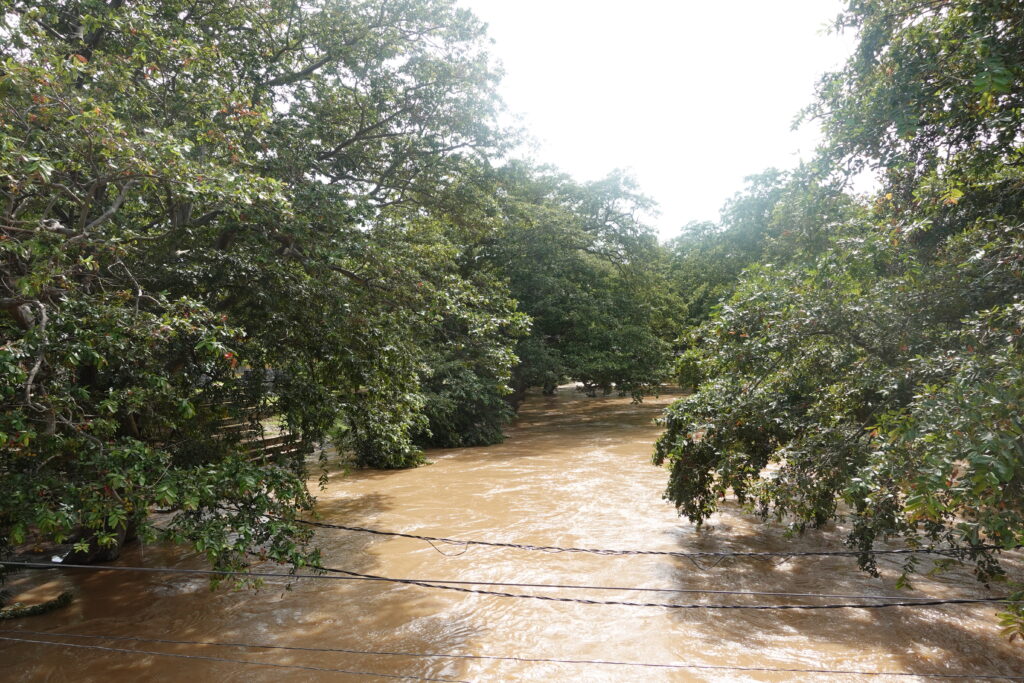
The amount of water seems to have increased due to the recent rains. I did not see anyone bathing in the water.
According to the guide, "It is too dangerous to bathe in such a volume of water.
But I am the one who has seen the torrent of Haridwar, India.
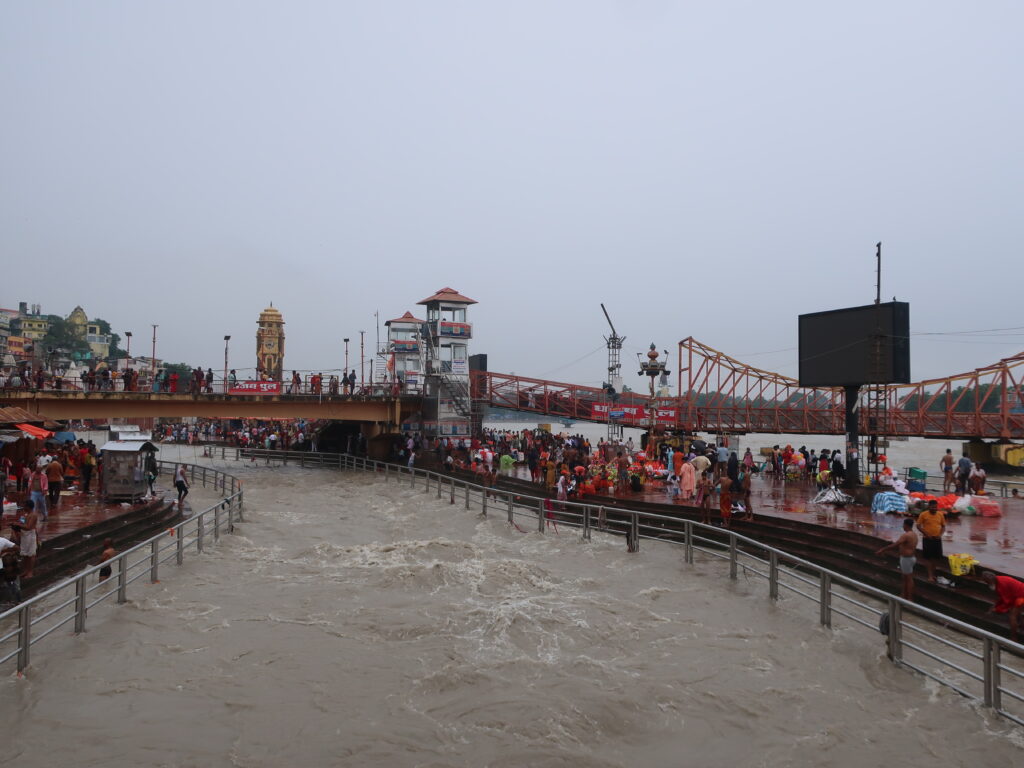
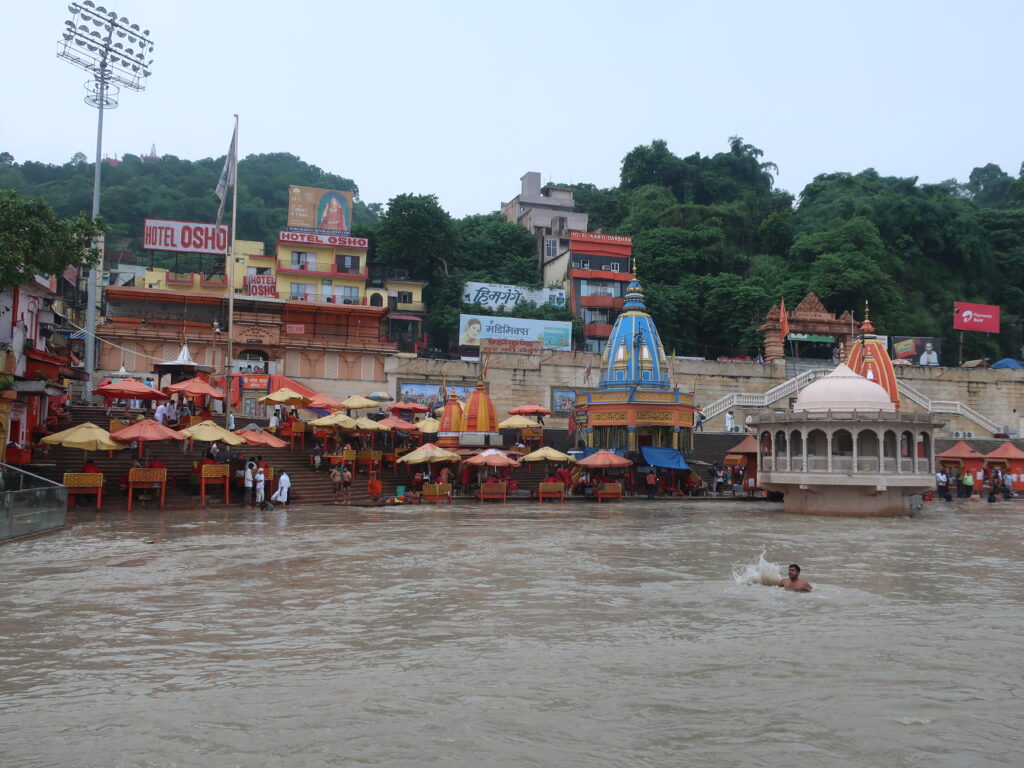
Having seen men jump into muddy waters that are not "this kind of stream," I suddenly wondered if it was really that dangerous in Kataragama's "this kind of stream." No, no, no. My standards are getting out of whack. We should not use India as our standard. (For more information, see(2) To Haridwar, the holy city of the upper Ganges - the sacred place of Hindu pilgrimage was a deeper world than I had imagined."(See article in)
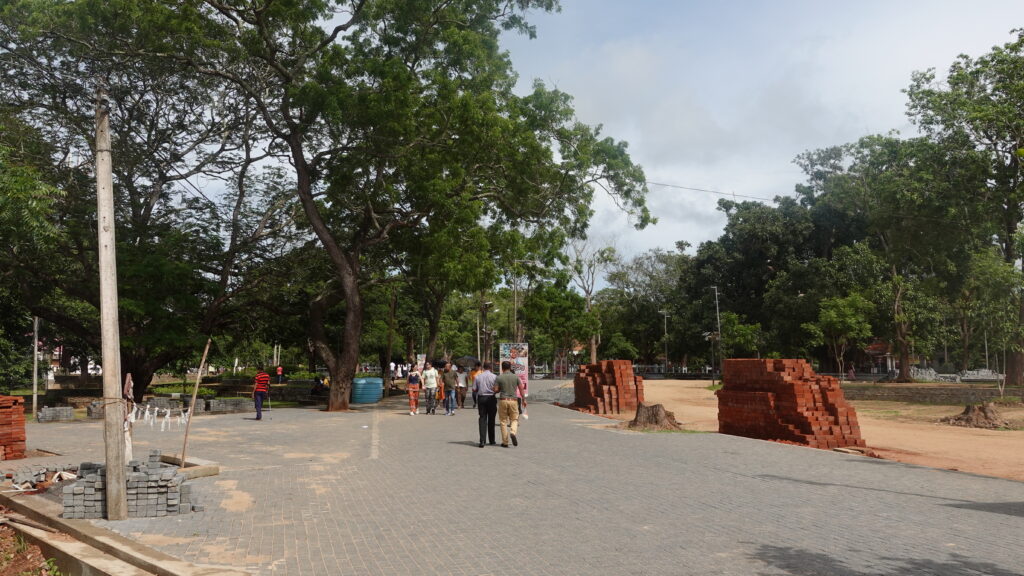
As we were crossing the bridge, we heard Hindu prayer music played over loudspeakers from the other side of the river.
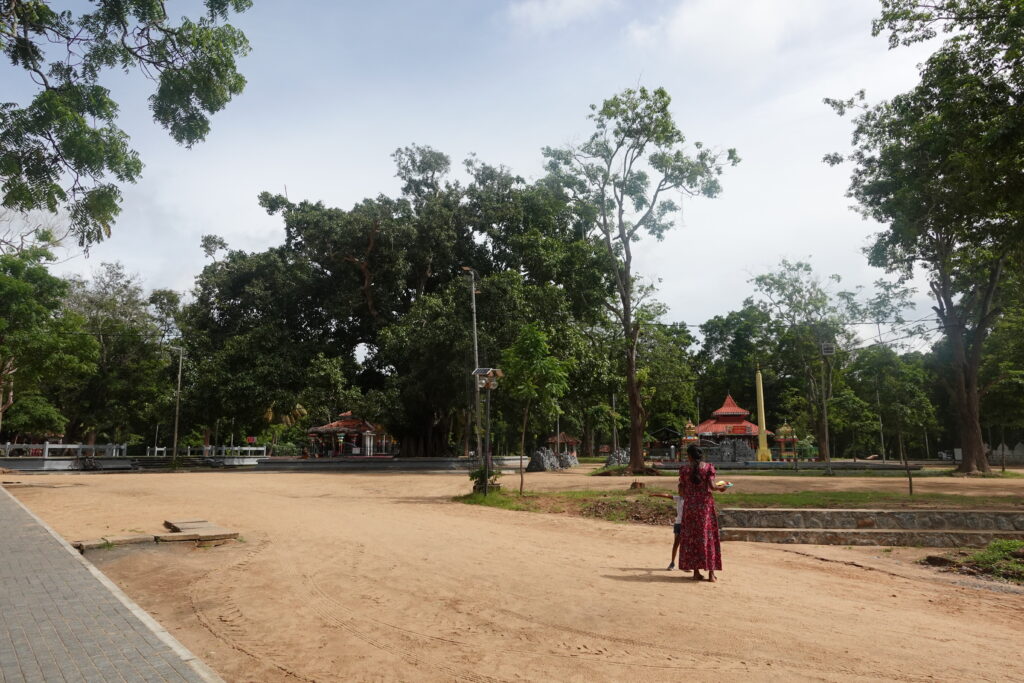
There are several modest Hindu temples in the area.
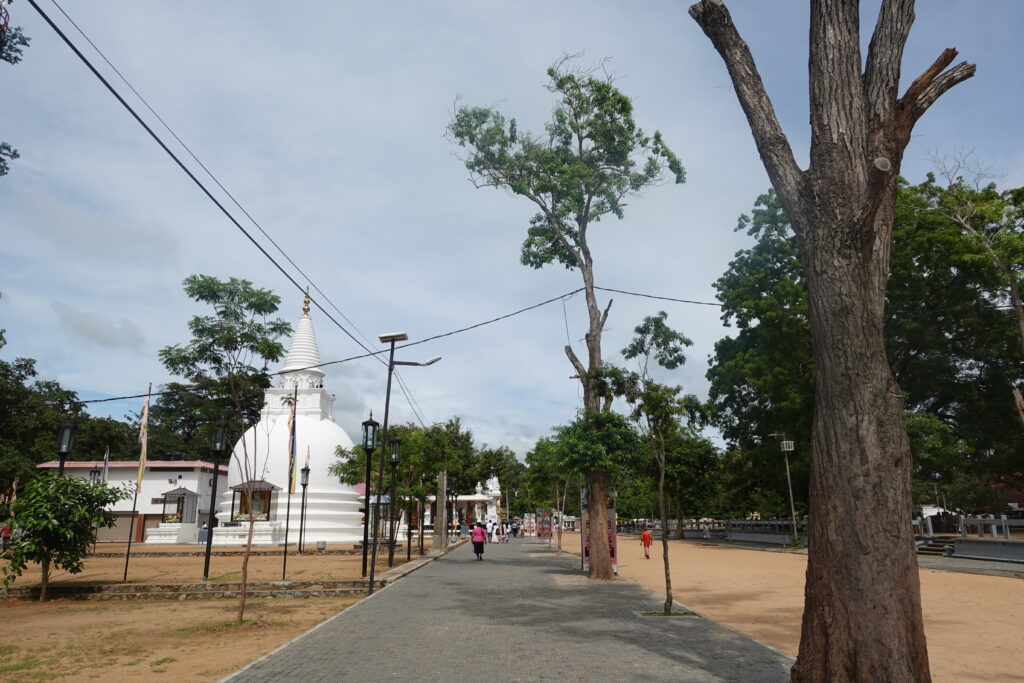
Straight ahead, a Buddhist temple also appears. But this one is clearly newer.
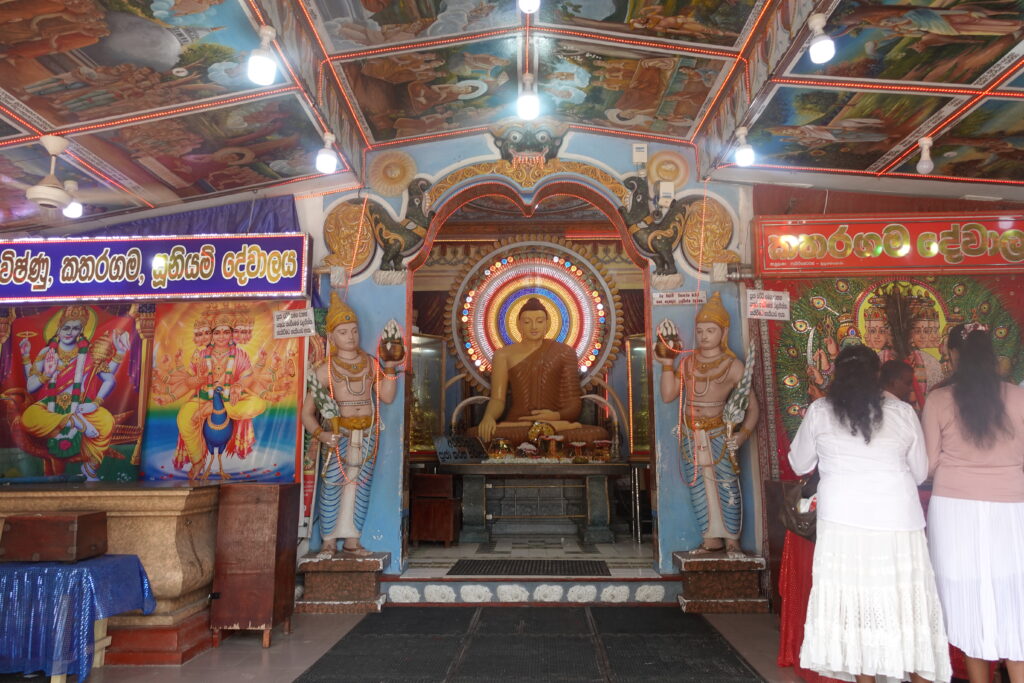
Inside, as expected, a new Buddha image was enshrined. Moreover, it was a psychedelic Buddha, which is often seen in Sri Lanka.
These colorfully illuminated Buddha images are often displayed on the four corners of the city and under linden trees.
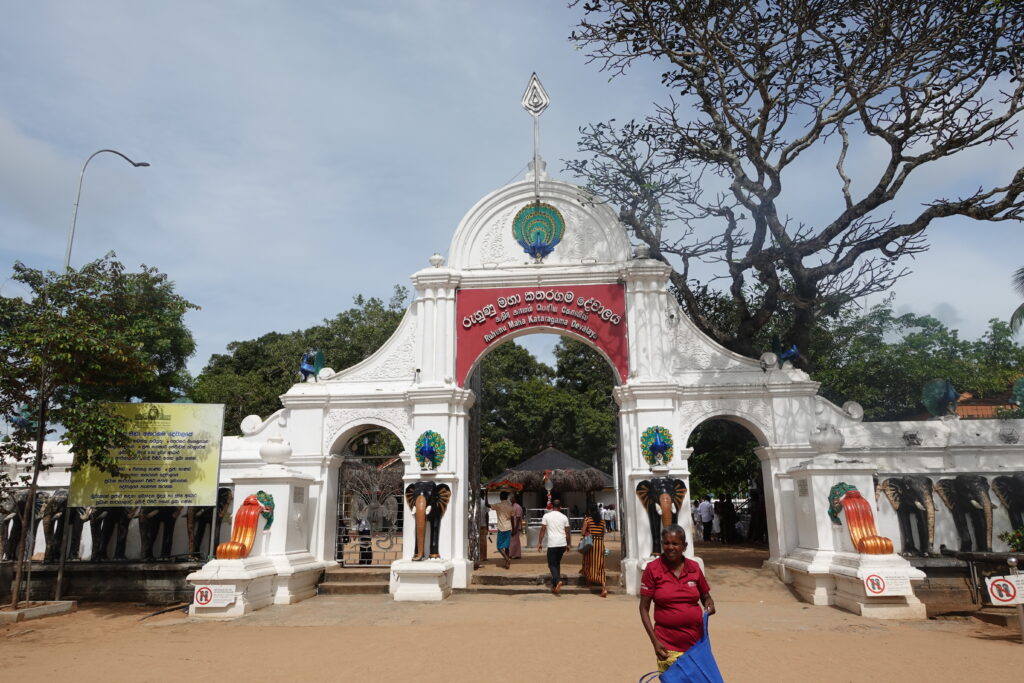
Now, this is the entrance to Kataragama Shrine. Can you see a number of statues of peacocks? The peacock is the vehicle of the god Kataragama. That is why it is decorated everywhere.
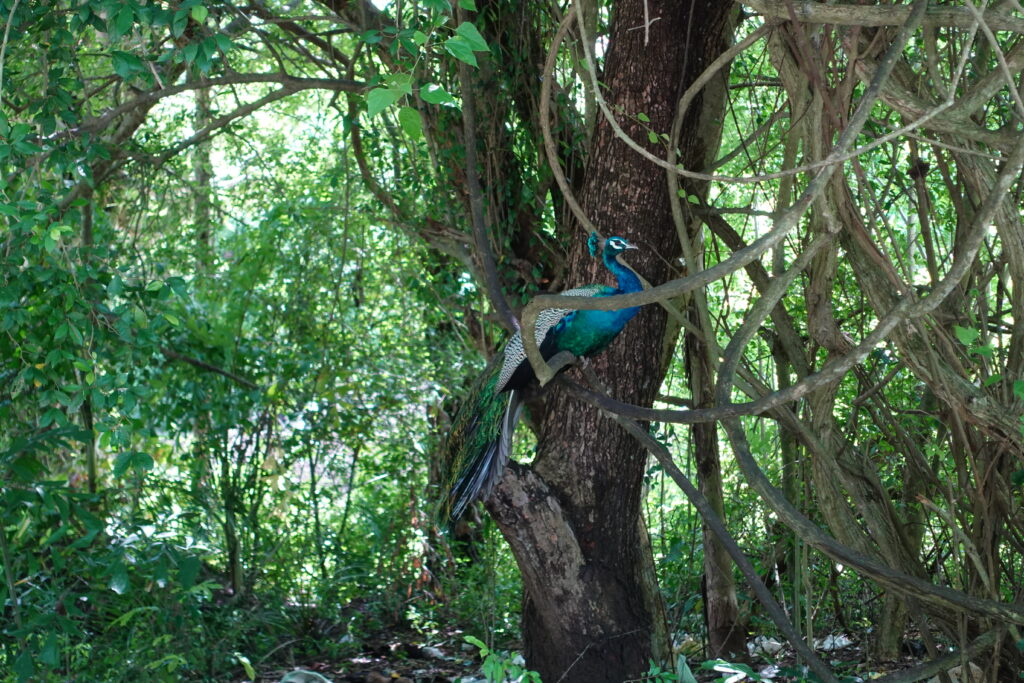
It is true that I often saw wild peacocks in Sri Lanka. Peacocks are so familiar to Sri Lankans that they may feel a sense of closeness to them as vehicles of the gods.
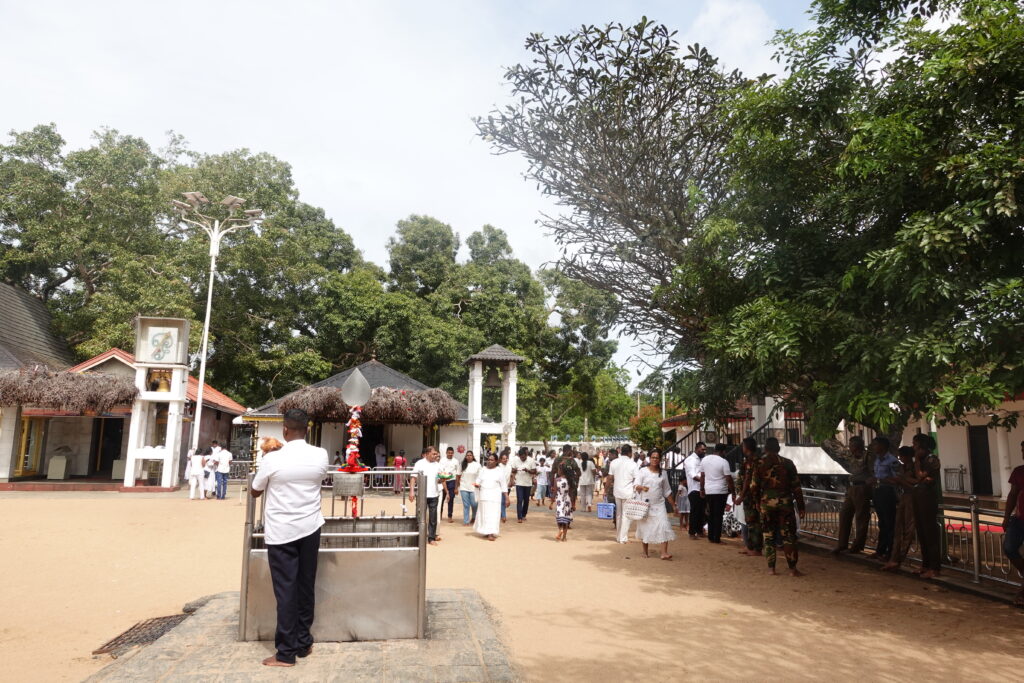
I entered the temple grounds. As the most popular pilgrimage site in Sri Lanka, I had imagined a much larger place, but it was surprisingly small. There were no large buildings.
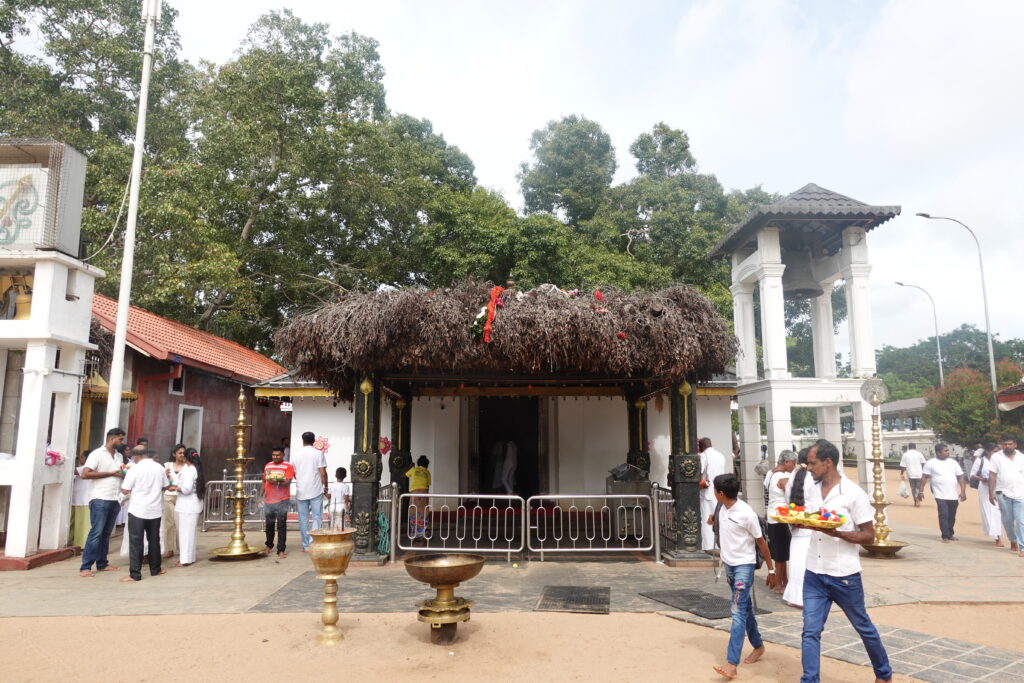
This is the Kataragama Temple. One wonders how tens of thousands of pilgrims can visit a temple of this size.
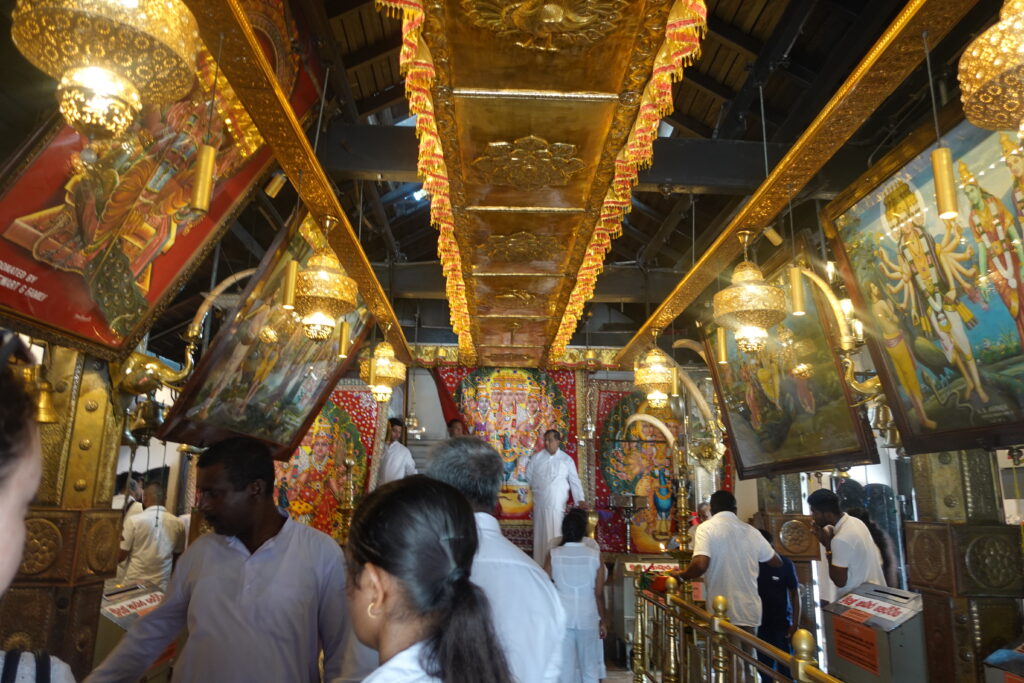
Interior of the Temple of Kataragama. The interior decoration is clearly new. Vividly colored paintings hang on the left, right, and front. All of them are sacred paintings depicting Skanda.
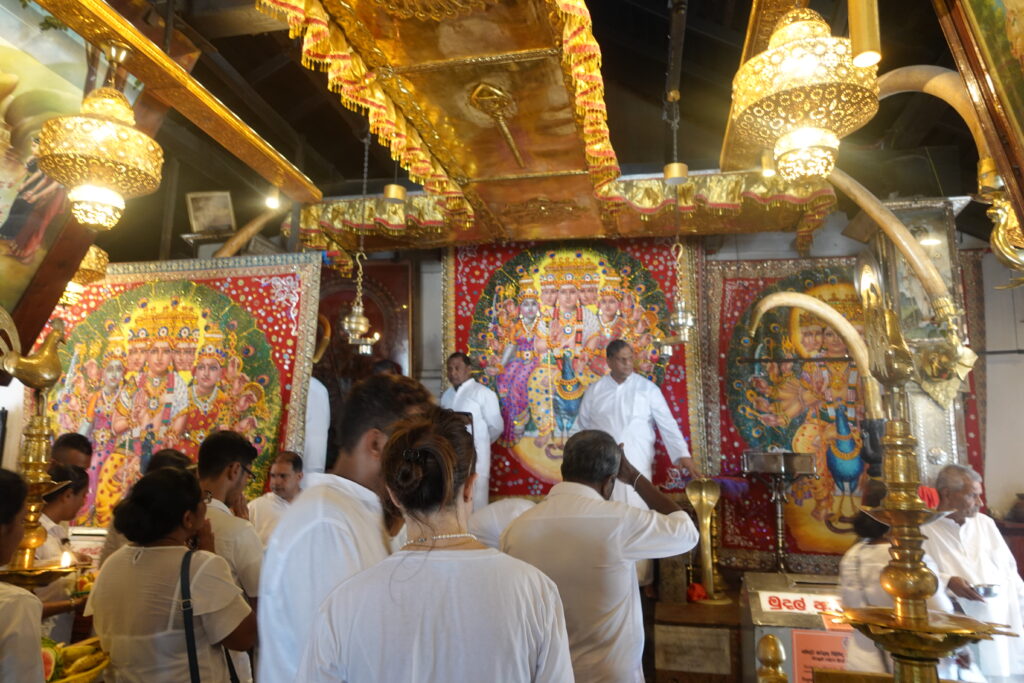
This is the main altar of the temple. The paintings on the front are all Skandhas. You can see that they are riding on peacocks. And although he is one person, he has several faces and arms. The painting is done in an Indian style. After all, he is a god derived from Hinduism.
Here the pilgrims would then pass their offerings to the priests, who would offer them up. The number of people is small now because it was the off-season, but during the festival season, the place is said to be horribly crowded.
Now that we are face to face with Lord Katharagama, let's look at some commentary on Katharagama and Sri Lankan religion.
Lord Kataragama, originally the Hindu god Skanda, son of Shiva, is believed to be a naturalized Sri Lankan deity who fell in love with the Sri Lankan goddess Ulli Ammaa. This is partly why he is worshipped by both Hindus and Buddhists.
Although originally held in high esteem in traditional Sinhala Buddhism as one of the four guardian deities second only to the Buddha, Lord Katharagama has gained even greater prominence since Sri Lanka's independence for the following reasons.
First, with the social mobility that accompanies modernization, the correspondence between actions and their consequences becomes highly uncertain. Then, the number of people who wish for personal success and peace of mind overcoming this uncertainty increases, creating an ethical atmosphere in which people will not choose any means to achieve their goals. The object of their prayers was Taragama, a god who overcame obstacles with great strength, who had the authority of Shiva behind him, who had a demonic side, and who was willing to tolerate anti-moral behavior from those who earnestly relied on him. Taragama, a divine power, has come to be worshipped as a deity who can deal with issues such as employment, business, elections, and marriage.
Some line breaks have been made to make it easier to read on smartphones, etc.
Hozokan, Richard Gombrich, Gananat Obesekara, translated by Shima Iwa.Buddhism in Sri Lanka.p724-725
Let's also look at a more detailed explanation. I, too, was astonished by this explanation. There are some amazing things in it. It is a bit long, but let's read it carefully.
Today, people want many things, but they are unable to find a rational or realistic way to achieve them. With the spread of compulsory education, people want new things. The child of a peasant now desires a white-collar job. (omitted).
There are many other real-life setbacks and frustrations in an unregulated modern society. The police are not always quick to recover stolen property, the legal system is not always considered equally accessible to all, and inequities exist in its operation. Also, no matter how hard you study, you are always under the suspicion that a party with a vested interest has a hand in the presentation of exam results. Furthermore, when it comes to hiring and promotion, those who are qualified are ignored, and those who are not qualified but are well-connected, or who are better able to take advantage of political connections, do better.
In modern Sri Lanka, people are well aware that rational actions taken for the betterment of themselves or their families are not always rewarded, especially if they are not members of the elite.
Hozokan, Richard Gombrich, Gananat Obesekara, translated by Shima Iwa.Buddhism in Sri Lanka.p148-149
The rise of the god Kataragama is due to the increasing number of the masses who are educated but unable to obtain goals (especially jobs) commensurate with their degree of education. Because what they desired was in reality scarce and practically unobtainable without political support, they sought to achieve their new goals through traditional means (in this case, divine mediation), as has been the case throughout the world.
Of all the gods of the traditional pantheon, the god Skanda is the one most suited to this new contemporary situation. Skanda is the god who is extraordinarily wise, the god who destroyed Asura, and the god who overcomes obstacles. In addition, the actor's psychological and social relationship to the deity is also extremely important.
When frustration builds up, it is comforting to surrender to a powerful, authoritative figure, whether human or supernatural, who will act in one's best interest. And God Skanda is such a powerful figure.
In other words, the ideology at the bottom of Skanda god worship is based on the child's feeling of dependence on the parent, which takes the form of the father rewarding the son by fulfilling the son's wishes and acting in the son's best interest instead of the son being subordinate to the father.
Moreover, there are those who believe that in the current turmoil of rapid social change, there do not appear to be clear-cut norms that dictate legitimate means for achieving goals.
On the other hand, as Merton has already pointed out with regard to American society, there are those who willingly achieve their goals through acts that are even immoral and cannot be normatively endorsed. And in this case, the god Skanda is the most suitable god.
Unlike Vishnu, who is a moral god without any polyvalence, Lord Skanda is willing to do anything to help his devotees who have taken refuge in him. This is why Skanda is the god of Colombo's politicians, businessmen, and bigots.
We know, for example, that professionals, in order to win over their colleagues in a promotion dispute, would visit the shrine of Lord Skanda in Kataragama and roll around naked on the sandy ground around the temple precincts, fervently showing their devotion to Lord Skanda." [omitted)
In Sri Lanka, in fact, politicians, both left and right wing, have been consoling the Skanda deities in order to win elections or to ensure their party's success in the national elections. The prime minister and his ministers are followers of the Skanda faith. And before the general elections, there is a long procession of cars from all political parties to Kataragama.
Hozokan, Richard Gombrich, Gananat Obesekara, translated by Shima Iwa.Buddhism in Sri Lanka.p278-279
The god Skanda is the god of Colombo's politicians, businessmen, and bigots."
It's a tremendous power word.
I will use any means to achieve my victory. I must win at all costs. Kataragama is the one who can fulfill such a wish. This is not a very good request to make to Buddha.
It should be noted that this belief in Katharagama was especially fervent among the urban residents of the metropolis of Colombo. For people living in rural areas, Katharagama was a deity that did not have much of an impact on them.
On this subject, the novel by Martin Wickramasinghe, one of Sri Lanka's leading writersThe End of Time.It was also depicted in.
'Dr. Alawinda, did you go to Kataragama?'
I've never been to one."
What is it? You were born in Deniya. ......"
'It is not the custom of the villagers to worship at Kataragama. They don't care for or fear the gods of Kataragama."
Chamalie tilted her head and asked, "Why do so many people from Colombo go on pilgrimage to Kataragama?"
'The gods of Kataragama are the gods of the rich city dwellers, not the gods worshipped by the country people. It is the rich Sinhalese people living in the cities I just told you about who worship at Kataragama. That's why the practice has now spread to the countryside."
Daido Life International Cultural Foundation, The End of Time, by Martin Wickramasinghe, translated by Tadashi NoguchiP120-121
The people who worship at Kataragama are the rich Sinhalese who live in the cities I just mentioned."
This is the very key.
Kataragama grants all kinds of personal wishes. In Colombo, where capitalistic business was rapidly developing, it was this god, Kataragama, to whom one could put one's wish to "win at all costs" and "absolutely succeed financially".
And at the end of the above exchange.That's why the practice has now spread to the countryside."As stated above, the Katharagama Pilgrimage became very popular throughout Sri Lanka in the latter half of the 20th century. This can be attributed to a variety of factors, including the rise in education and economic standards throughout Sri Lanka, and the development of information transmission and transportation networks.
Anyway, the god Katharagama was a new god unique to Colombo, which had undergone rapid urbanization. He is now worshipped in a different context from the old Hindu and Buddhist guardian deities of the past.
In the next article, I will continue to talk about this Kataragama and Buddhism. There are still some interesting facts hidden here in Kataragama.
*Below is an article with reference books on India and Sri Lanka that we have referenced in this travelogue. Please refer to them.
periodA list of recommended reference books to help you learn about Indian history, religion, and culture."
periodA list of recommended books for "those who want to know more about Indian Buddhism."
periodA list of recommended books to help you get to know the Buddhist country of Sri Lanka."
Next Article.
Click here to read the previous article.
Related Articles












